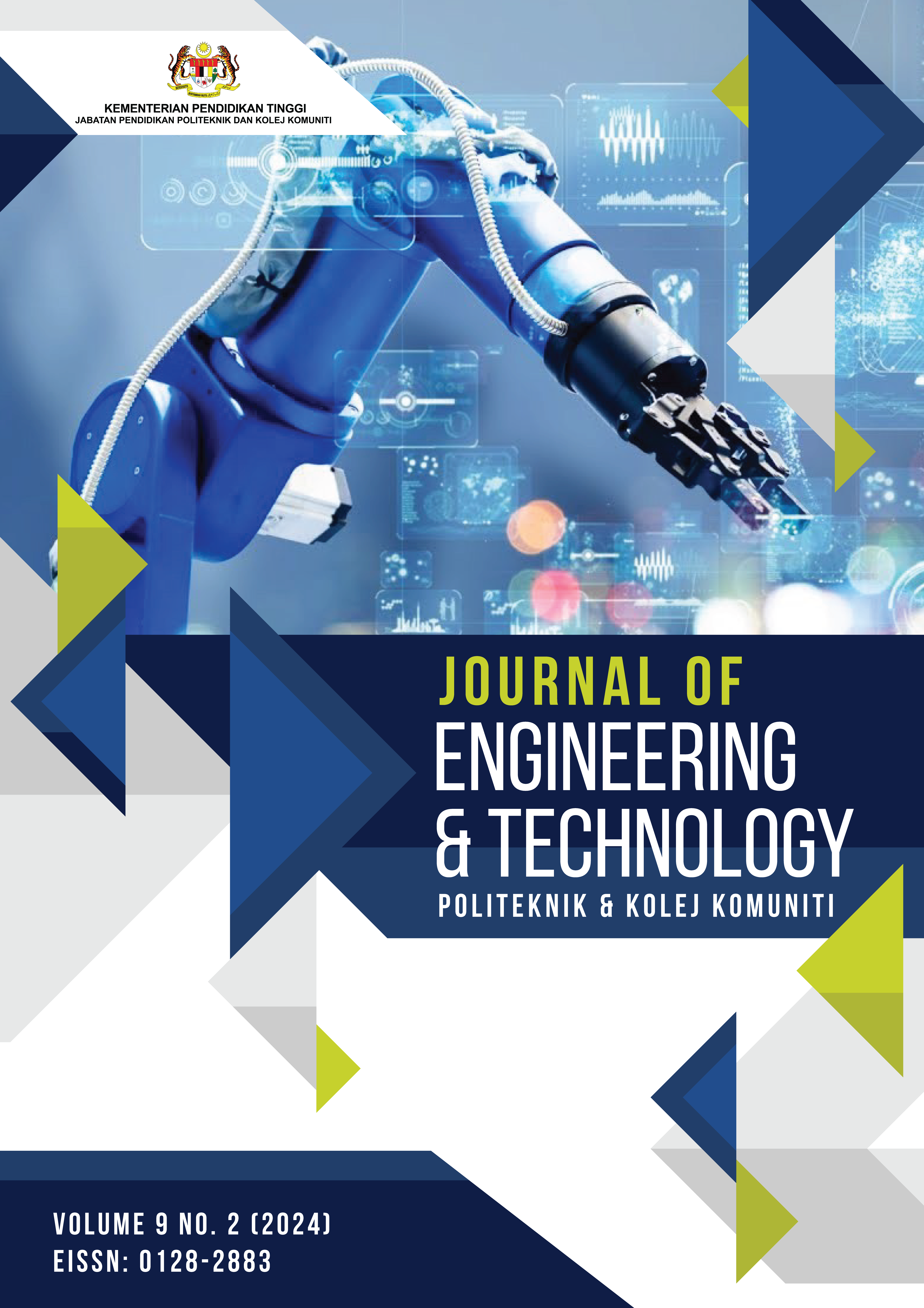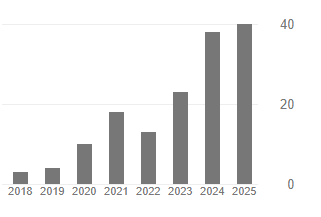Exploring EEG-Based Biomarkers of Attention in an Individual with Eating Disorders Using Non-Invasive Brain-Computer Interfaces
Keywords:
Attention Deficits, Eating Disorders (ED), Electroencephalography (EEG), Neural Biomarkers, Non-Invasive Brain-Computer InterfacesAbstract
Eating disorders (ED) are complex health conditions characterised by abnormal eating behaviours, psychological distress, and often accompanied by cognitive impairments such as attention deficits. Understanding the neural mechanisms underlying these impairments is essential for developing targeted interventions. Electroencephalography (EEG), a non-invasive method for monitoring brain activity, has emerged as a promising tool to assess attention-related neural mechanisms in individuals with ED. This study explores the potential of using non-invasive brain-computer interfaces (BCIs) and EEG to identify attention-related biomarkers in individuals with ED. Specifically, the study investigates EEG correlates of attention in individuals experiencing recurrent binge eating episodes without significant weight gain, as defined by the DSM-5. A NeuroSky MindWave headset, equipped with a single dry electrode sensor placed on the frontal lobe was employed to capture EEG data during a steady-state condition of an individual with ED after sunset. The EEG data were analysed across the delta, theta, alpha, beta, and gamma frequency bands. The results revealed distinct EEG patterns associated with attention in the individual with ED. The study also suggests that meal timing, particularly avoiding dinner within five hours of bedtime may enhance attentional responses. These findings underscore the potential of EEG as a non-invasive tool for understanding attention-related neural mechanisms in ED. The simplicity and accessibility of using a basic EEG headset could inform future therapeutic approaches and further assist clinicians in developing personalised and effective treatments for individuals with ED which ultimately improve cognitive function and clinical outcomes.
Downloads
Published
How to Cite
Issue
Section
License
Copyright (c) 2024 Politeknik & Kolej Komuniti Journal of Engineering and Technology

This work is licensed under a Creative Commons Attribution-NonCommercial-NoDerivatives 4.0 International License.







